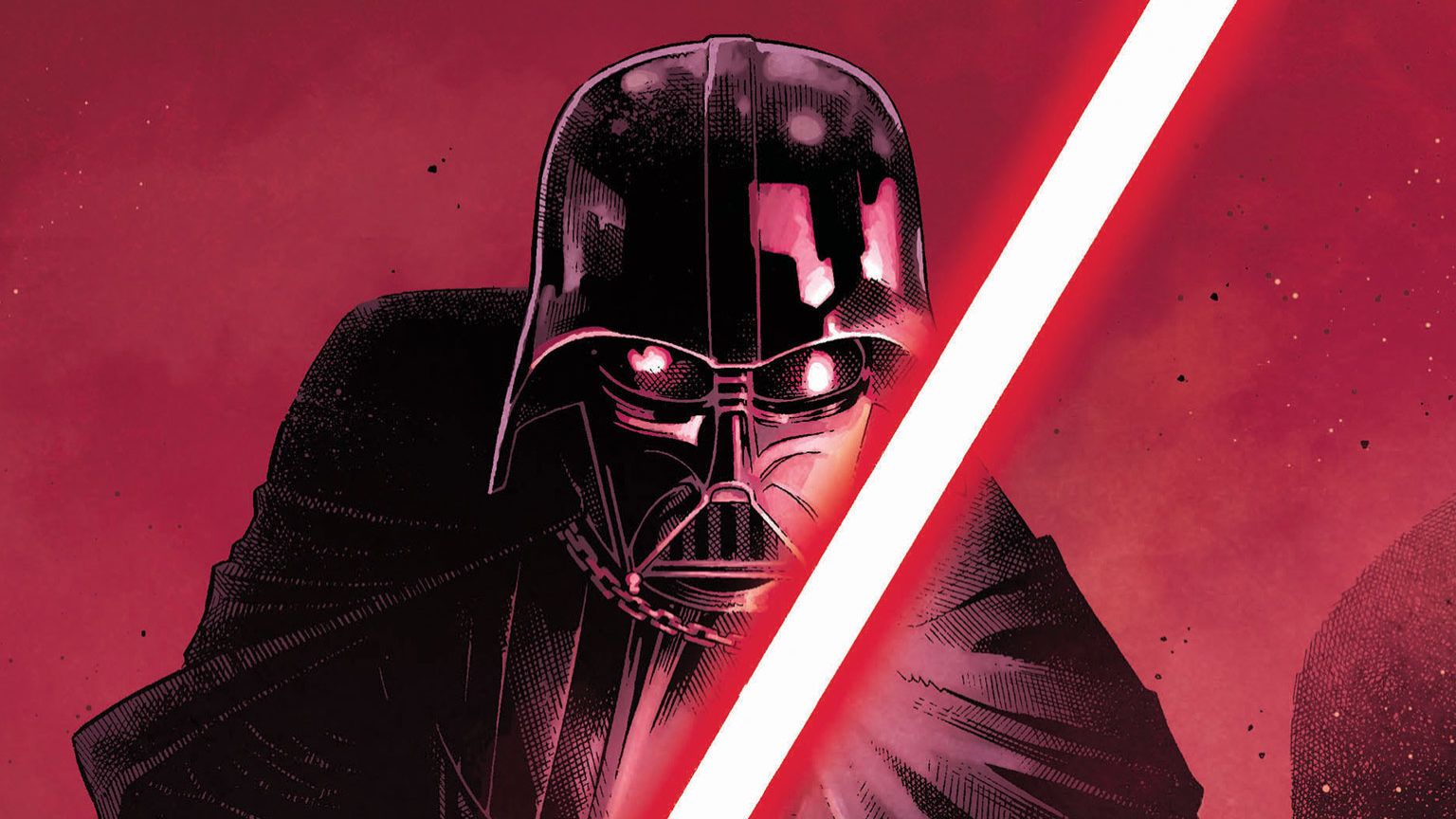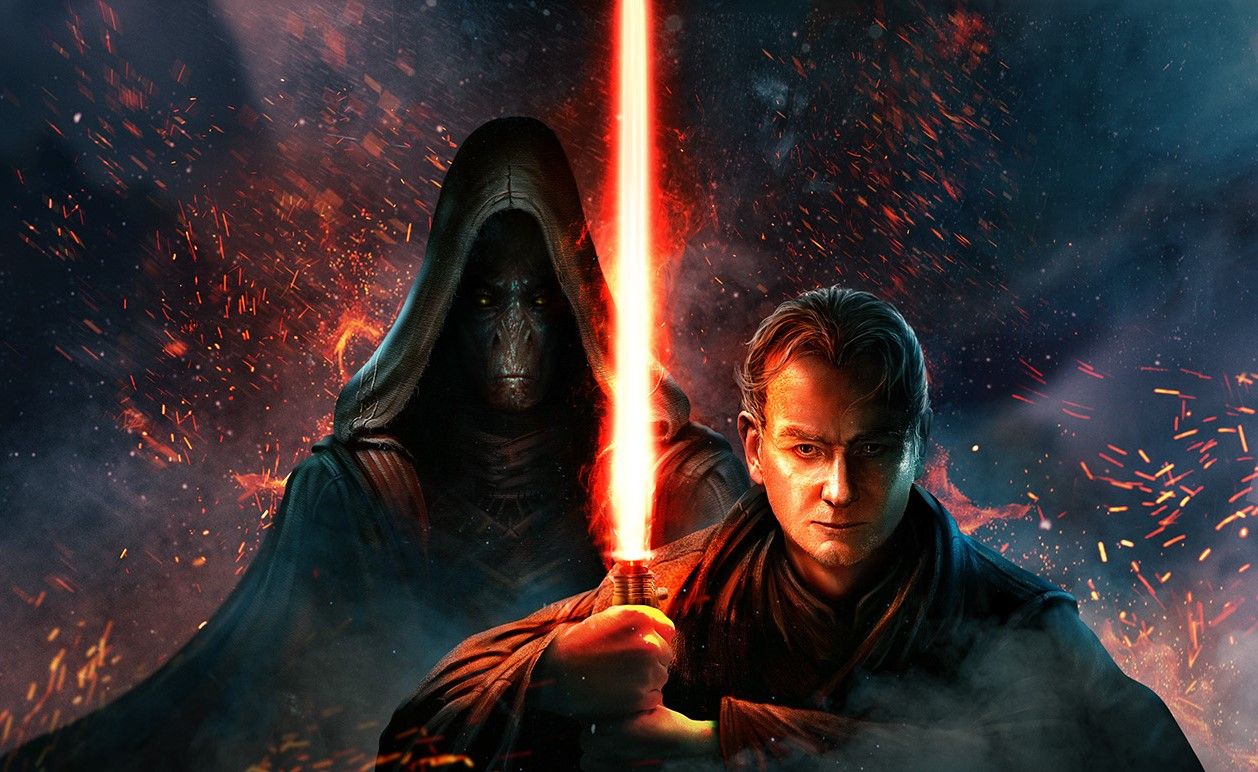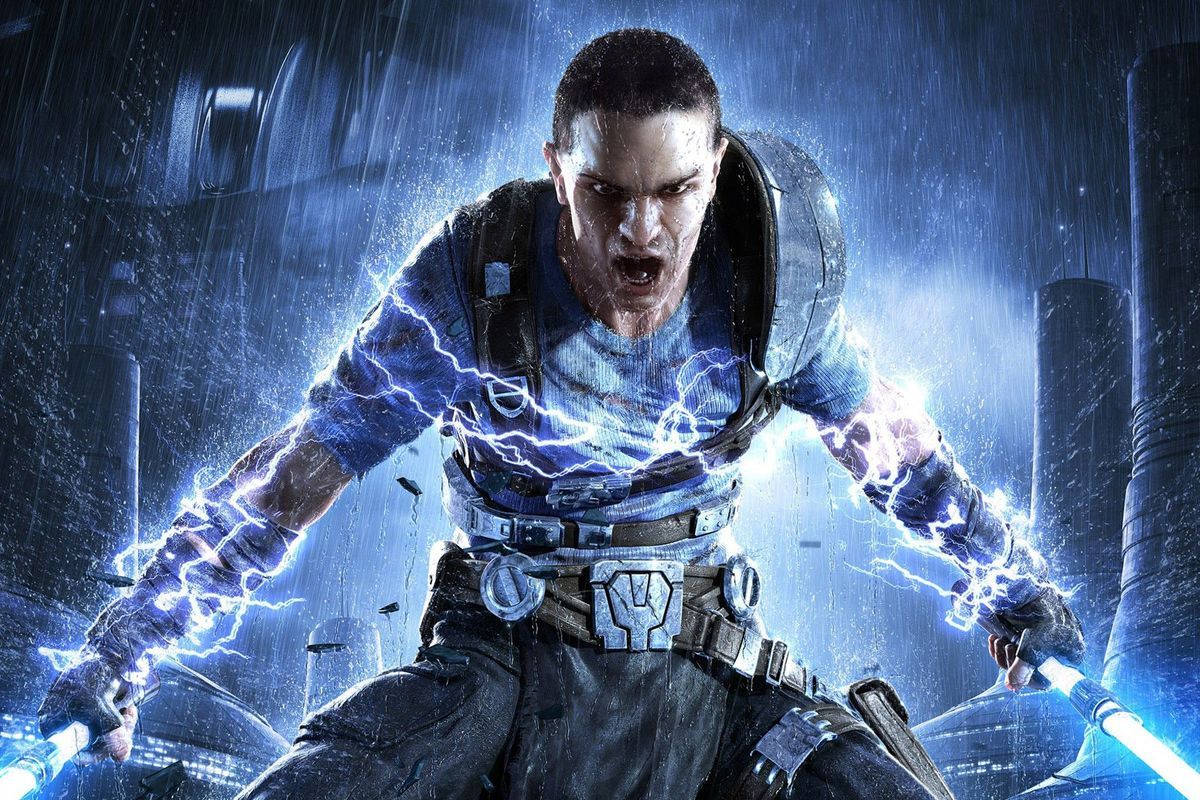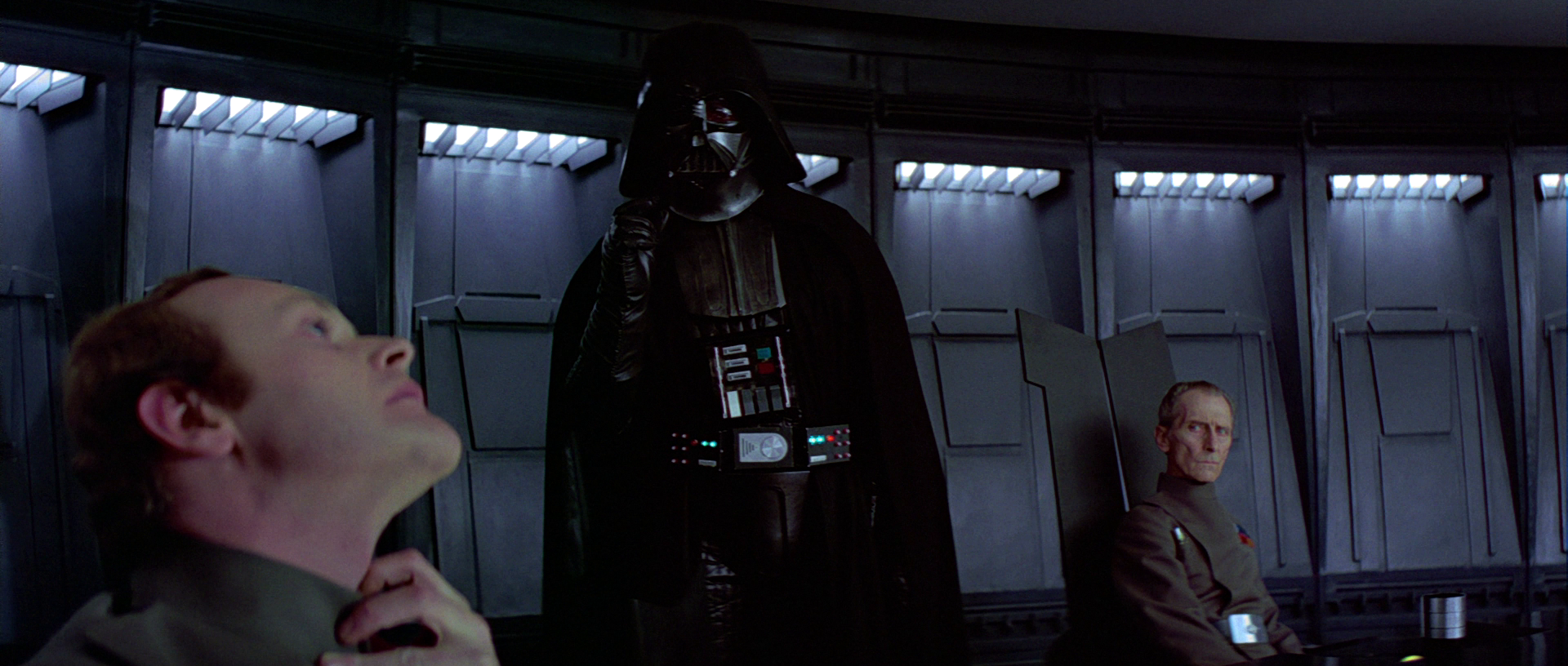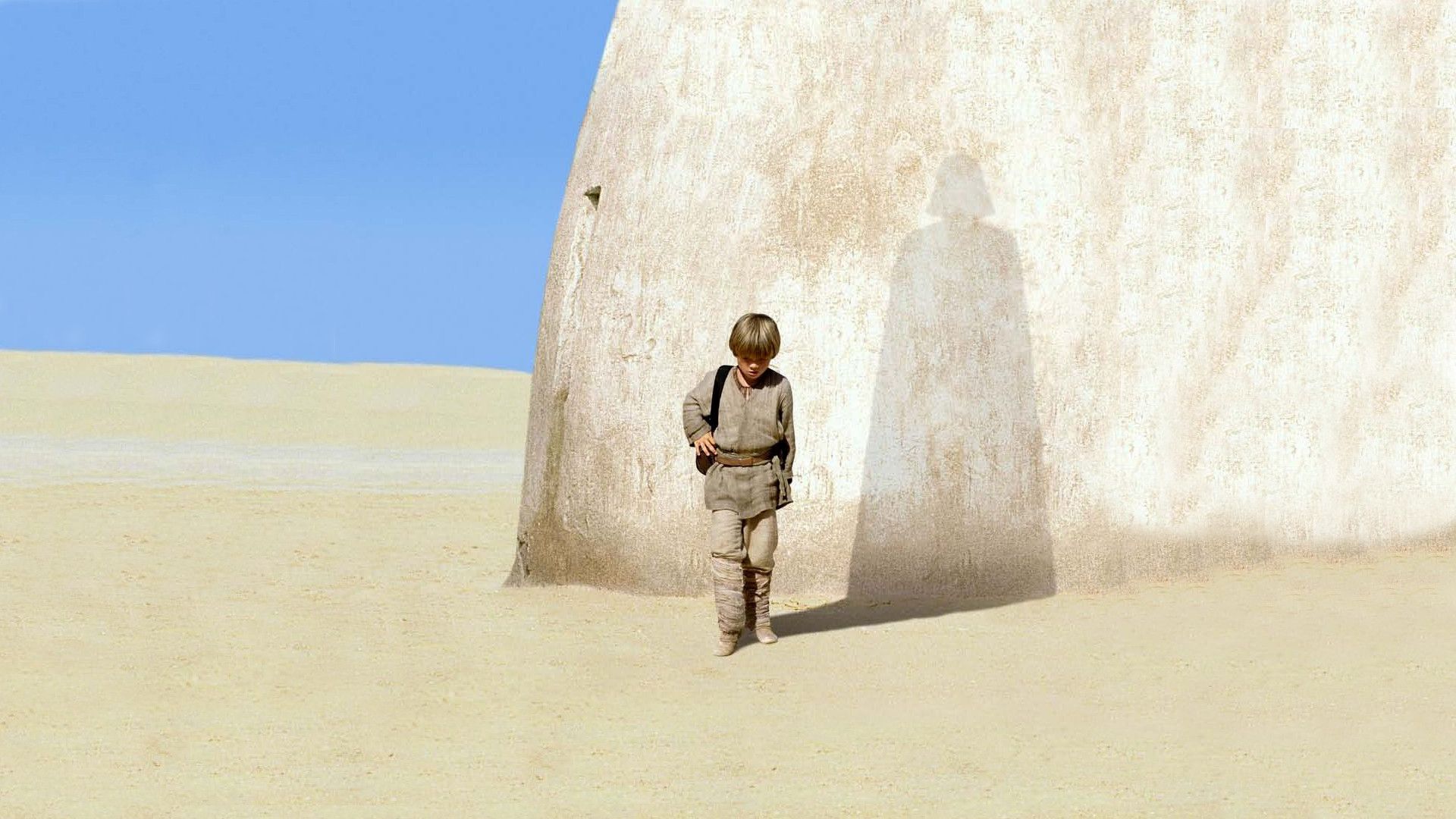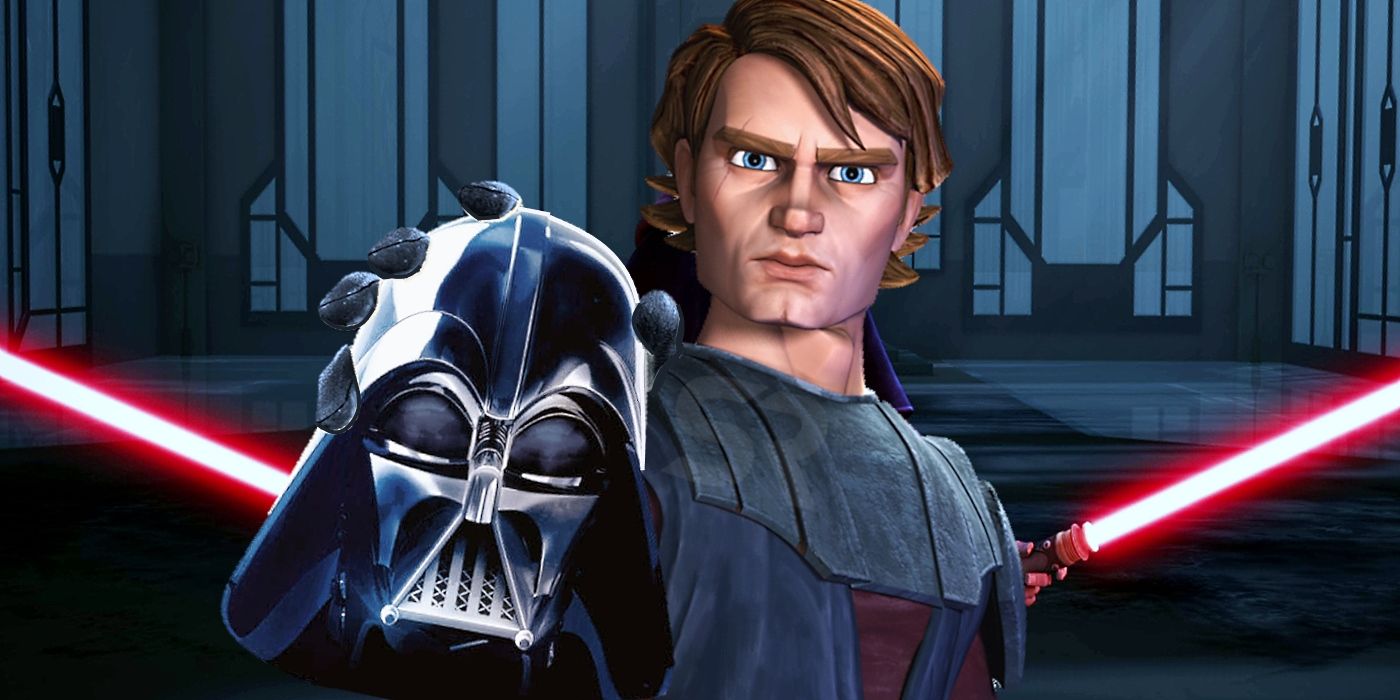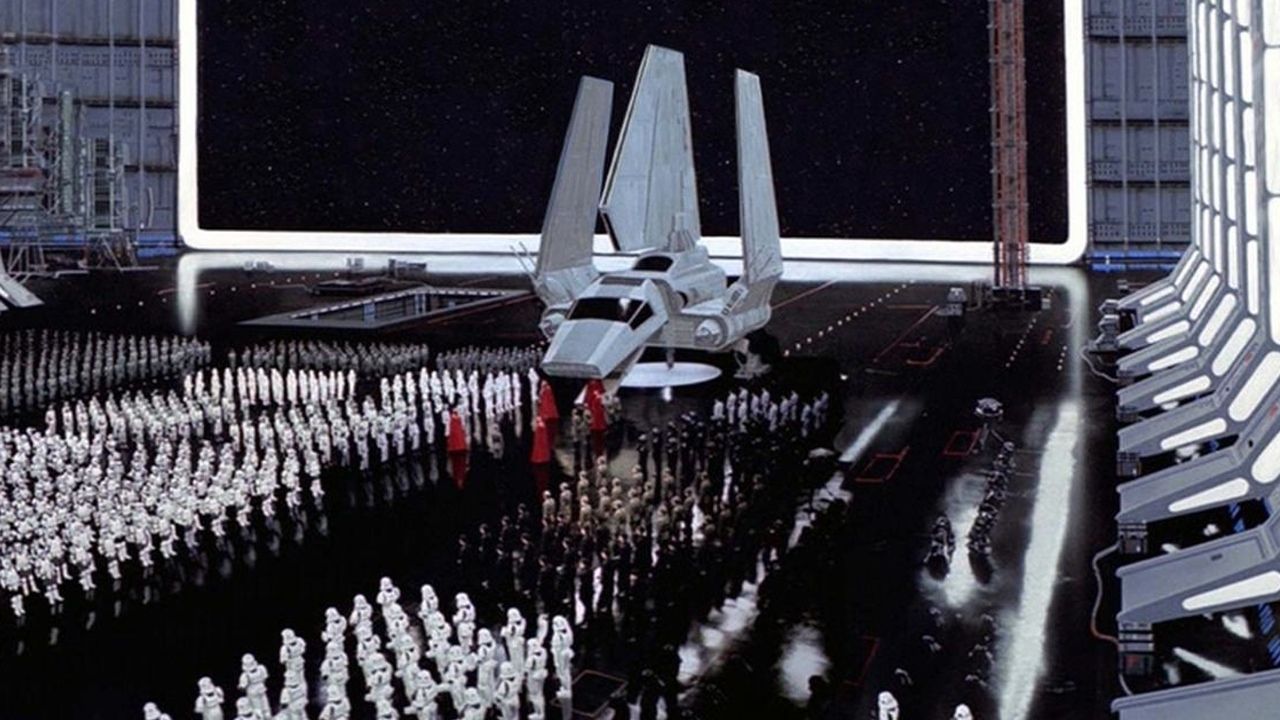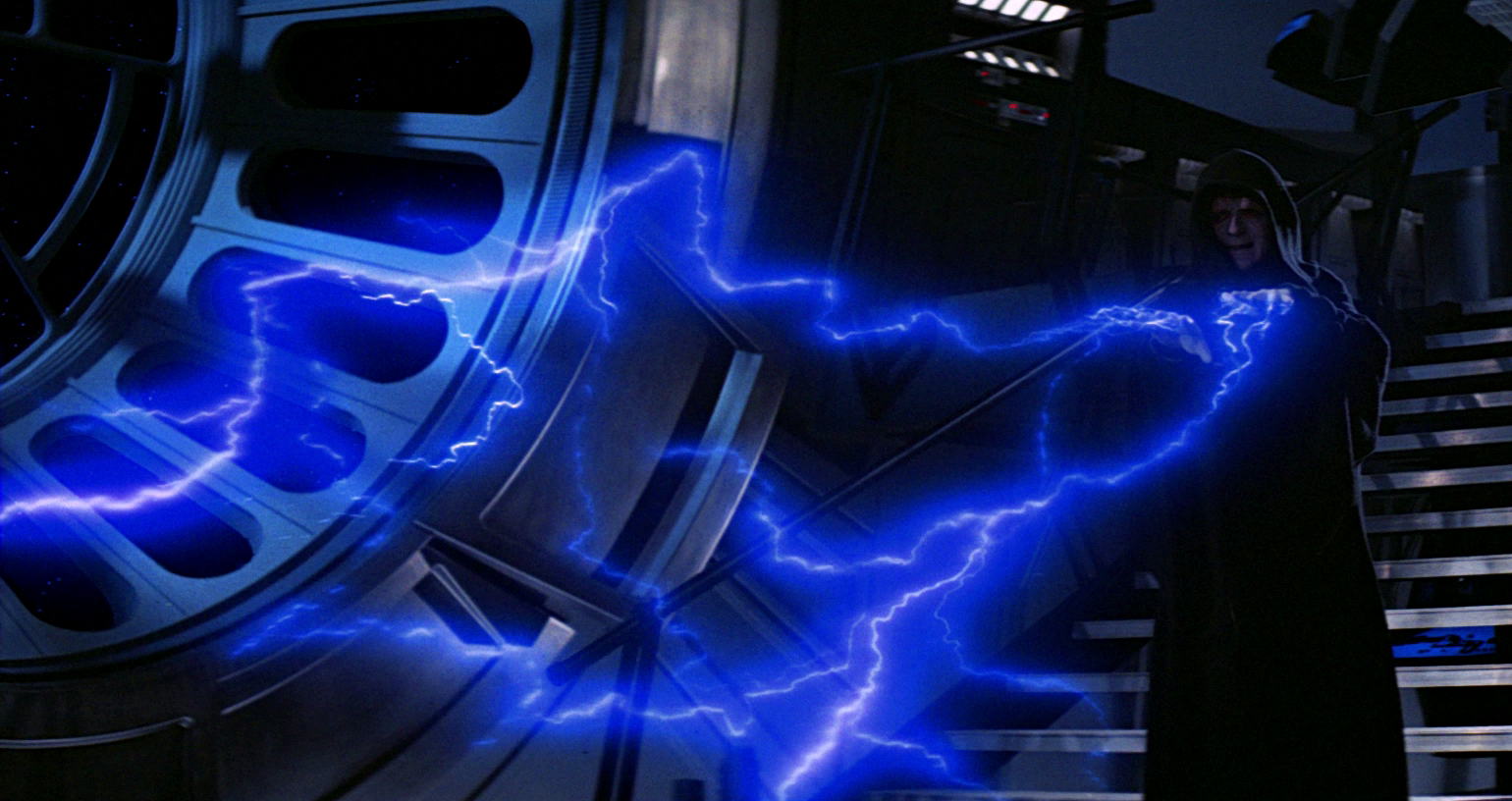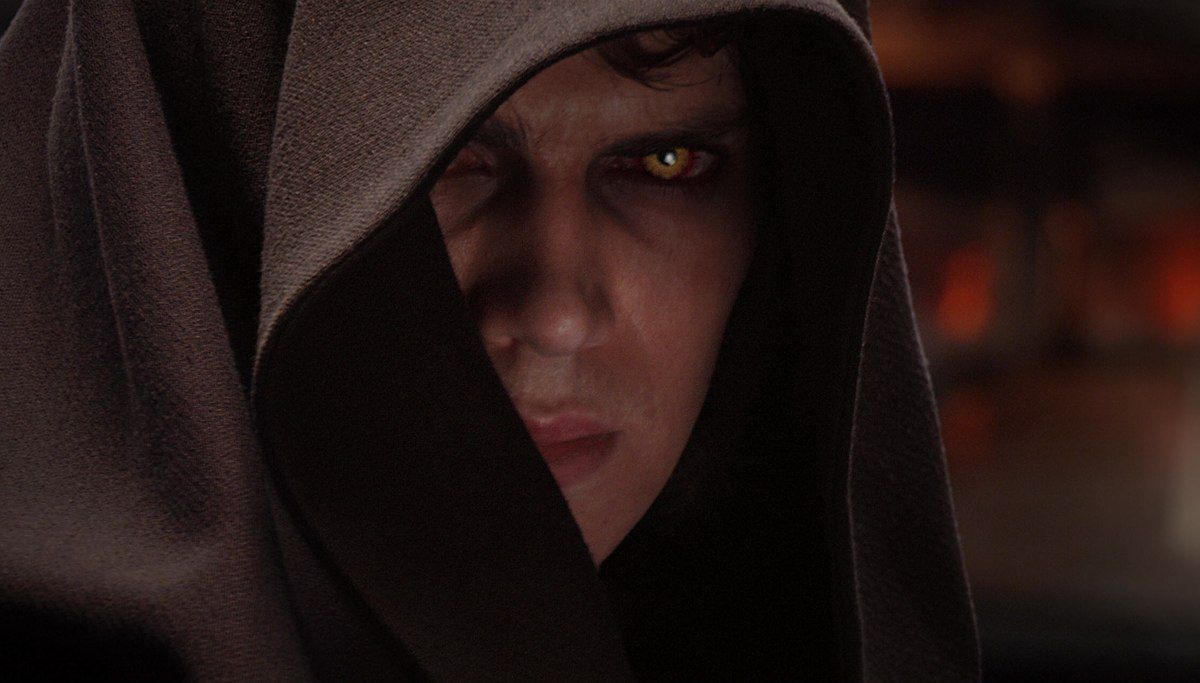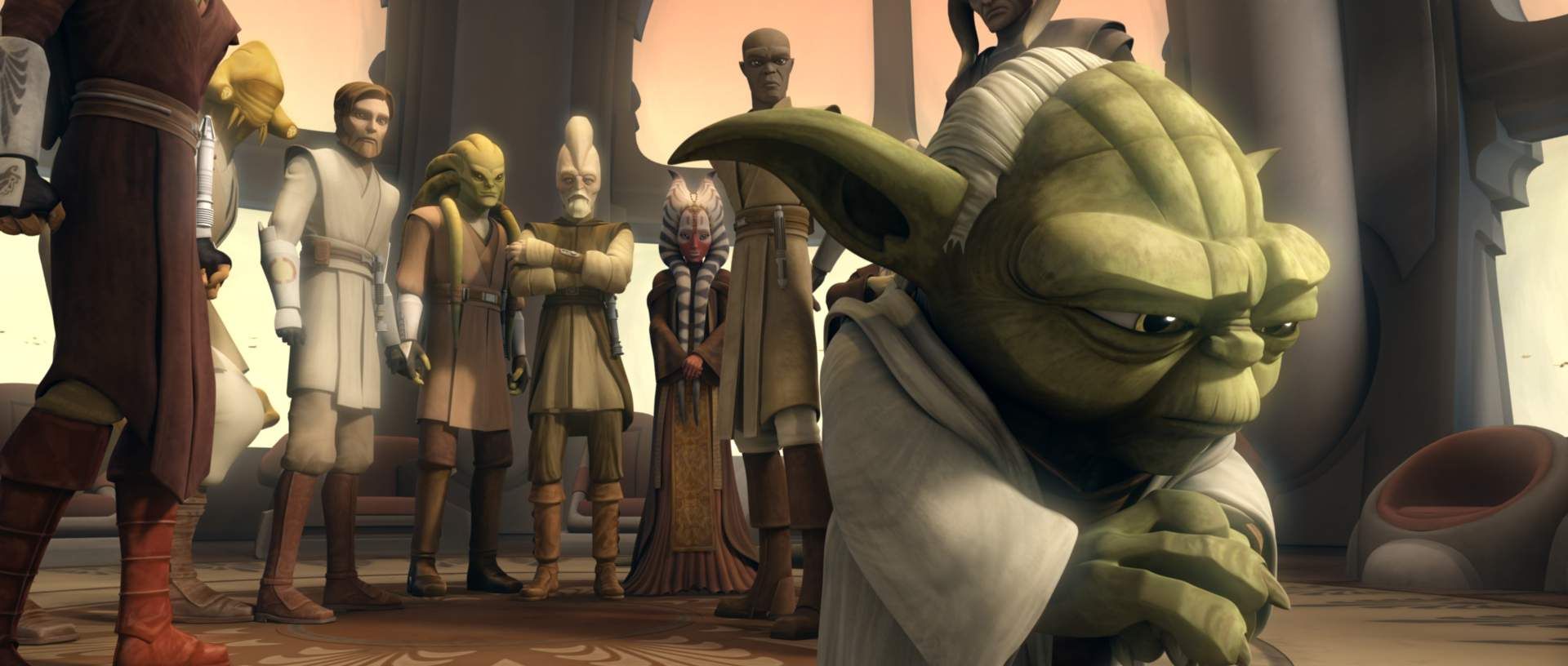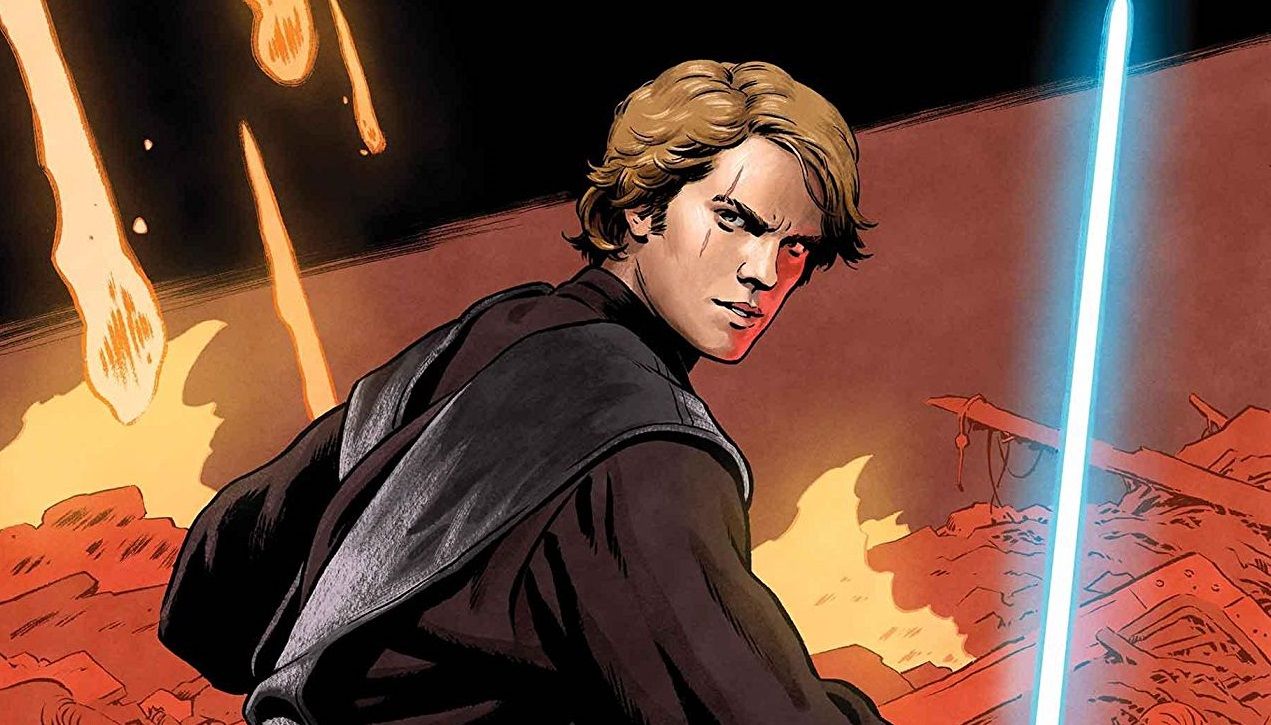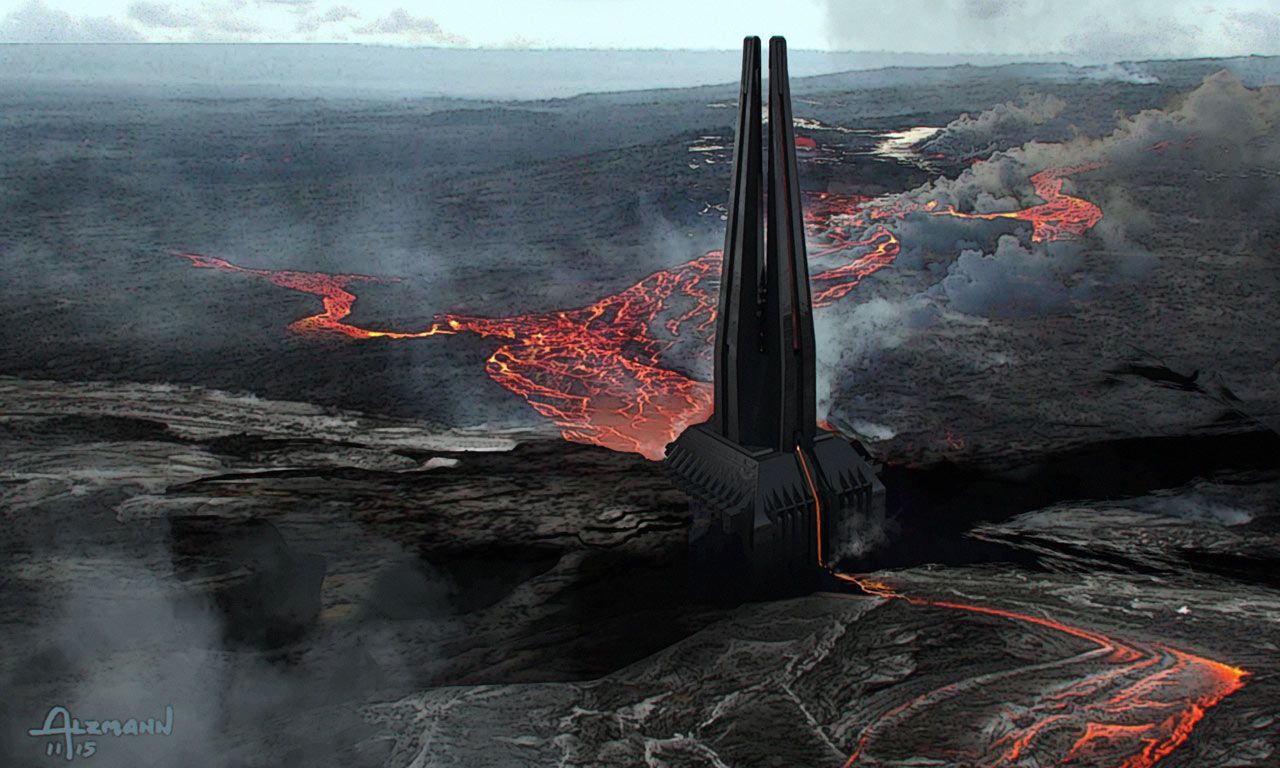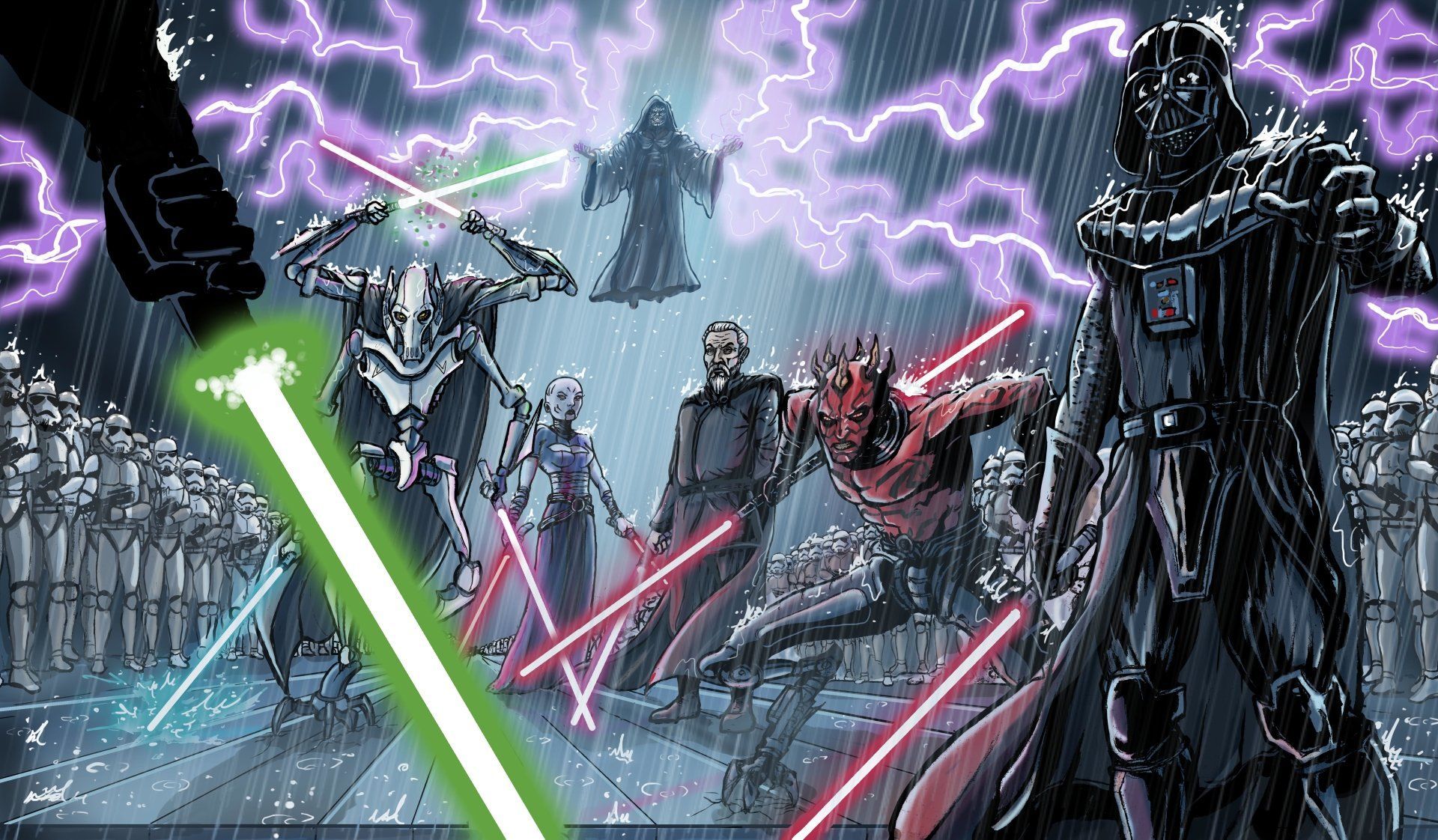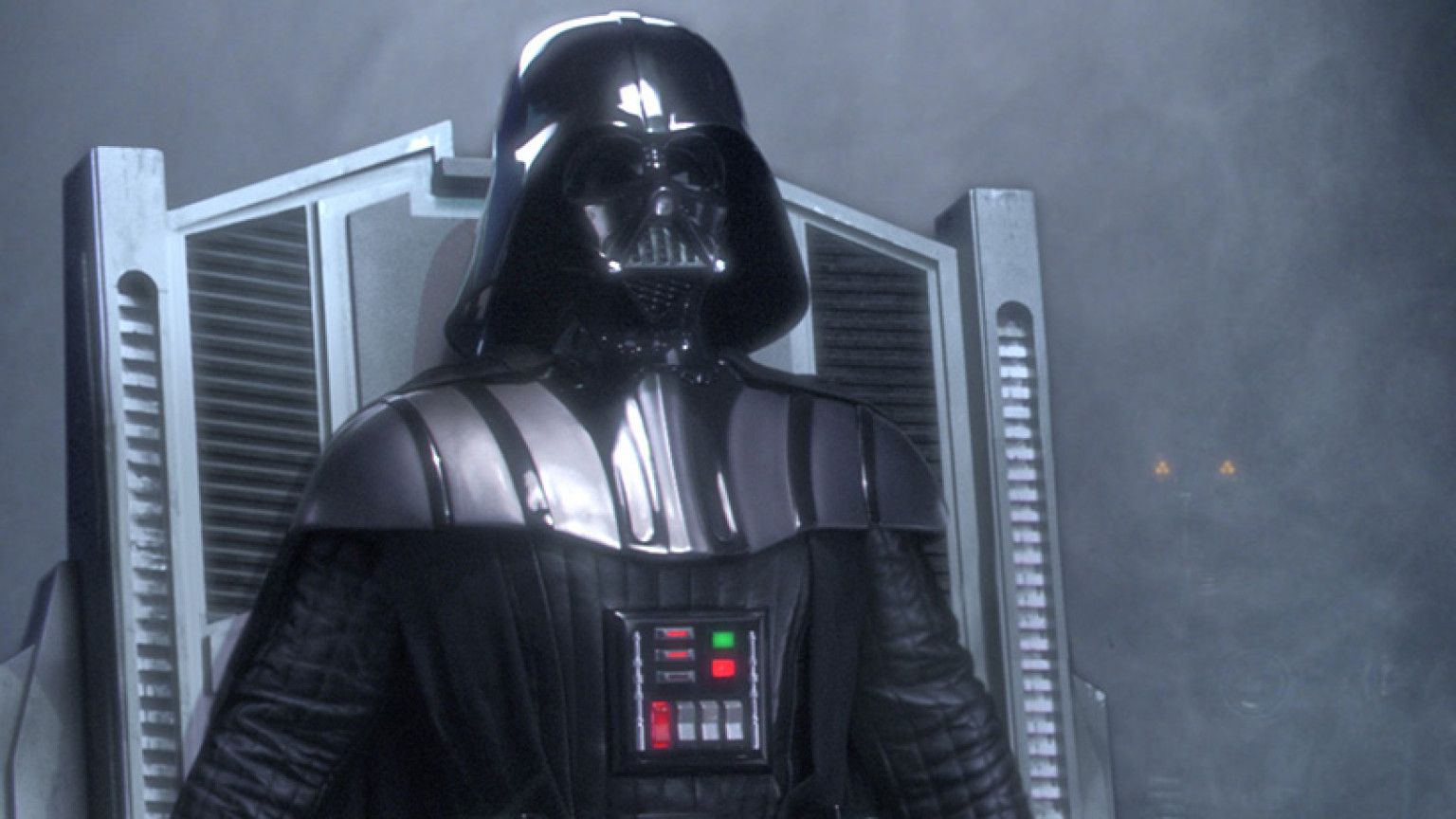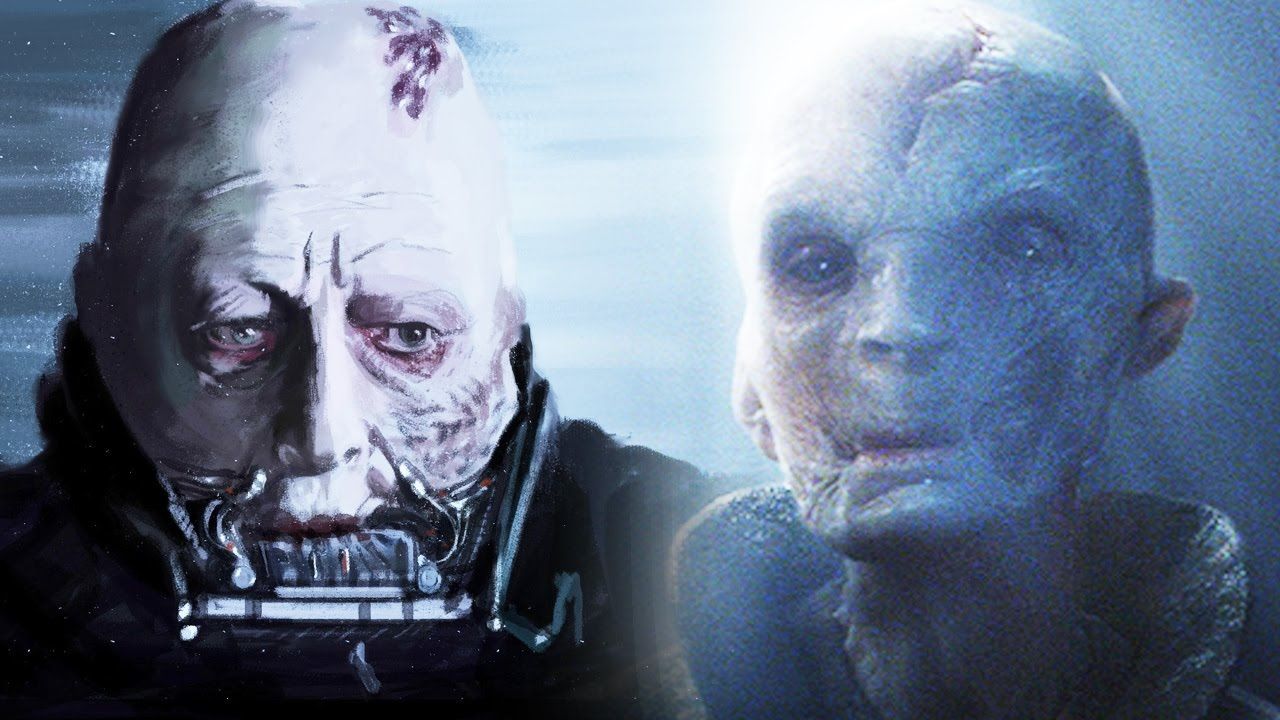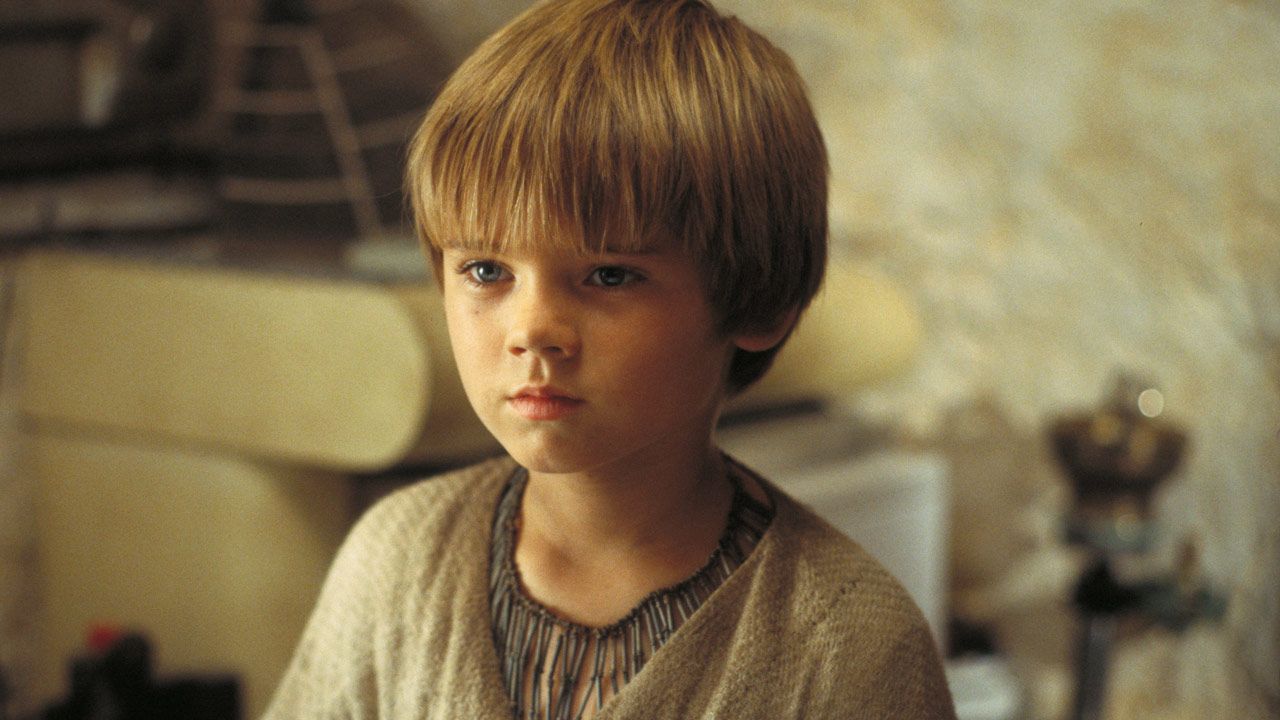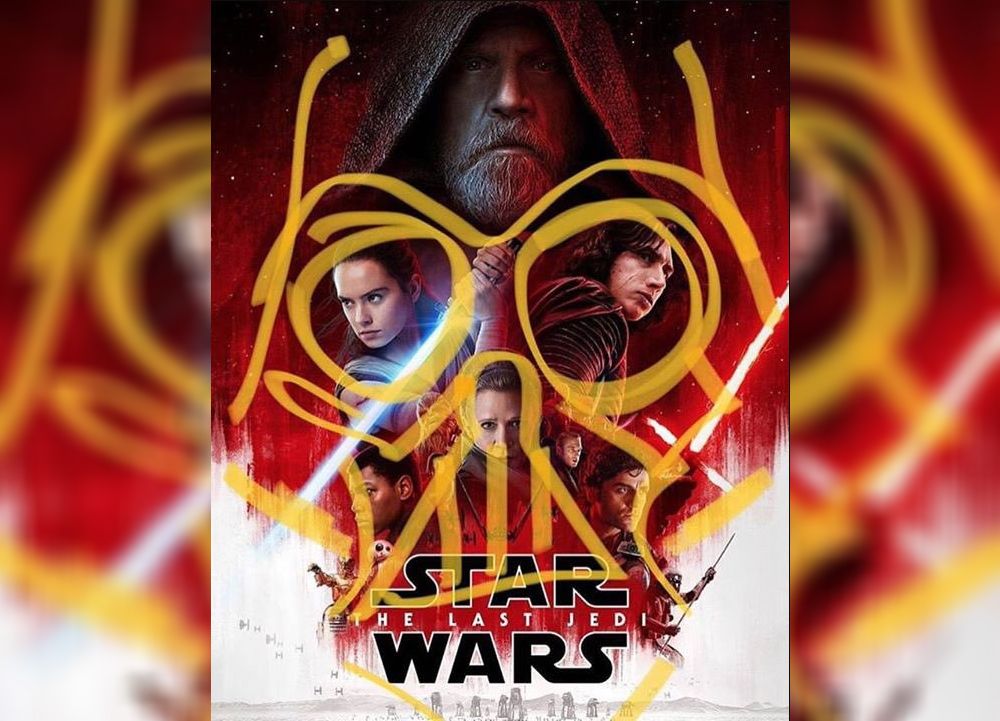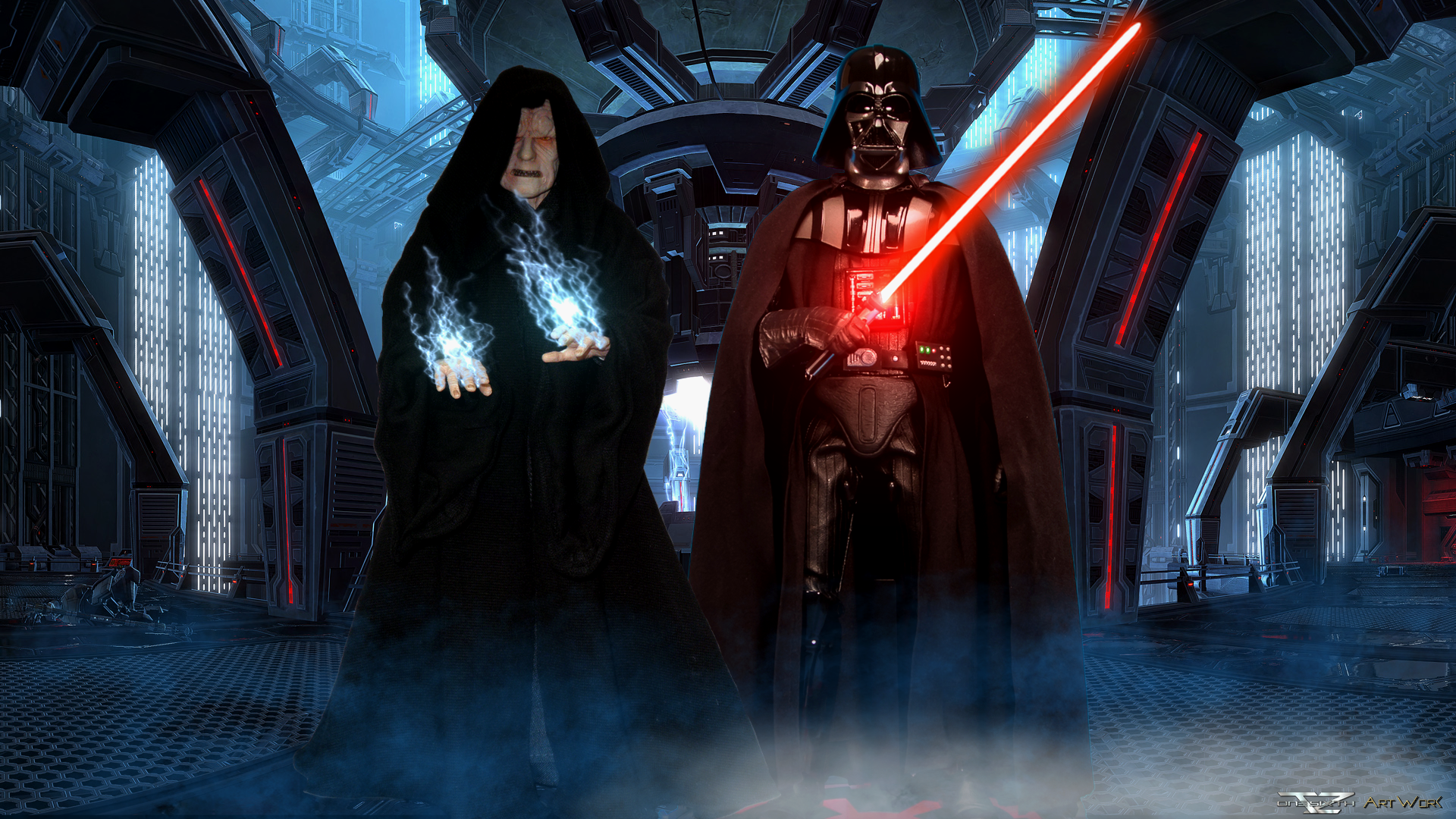The Dark Lord of the Sith, Darth Vader is perhaps the most important character to the Star Wars mythology. While he isn’t necessarily the most powerful, he’s at the heart of the plot of every mainline movie, and he has become one of the most iconic villains in all of pop culture. That’s not hyperbole, either; IGN awarded him the number one spot in their list of the top 100 villains in gaming history.
The greatest antagonist of all time, he is compelling thanks to his downright commanding appearance and deep, tragic backstory. At this point, everyone and their mother is familiar with Anakin Skywalker’s descent toward the Dark Side of the Force, and it’s a heartbreaking tale to rival even that of the Tragedy of Darth Plagueis the Wise.
For as instrumental as he is in the Star Wars timeline, we know very little about him save for his base motivations. Though the movies don’t express it all that well, Vader’s relationship with both his son and his master was extremely multifaceted and complex, as was much of his existence following his run in with Obi Wan Kenobi on Mustafar in Revenge of the Sith.
Of course, with over forty years of expanded universe material adding to the character, things are bound to go a little bit off the rails in terms of continuity, and there are quite a few niggling oversights and strange plot points that make the character seem a bit nonsensical. With that in mind, here are fifteen things which make no sense about Darth Vader (and fifteen hidden details most fans forgot.)
Makes No Sense: I Am Your Father
Audiences in 1980 may have been shocked to discover the truth behind Luke’s parentage, but it’s become such a widely-known twist that, at this point, nobody can avoid that particular spoiler. What nobody knows for sure, however, is who Vader’s father was. In The Phantom Menace, Shmi Skywalker, Anakin’s mother, states that he didn’t have a father, and Jedi Master Qui-Gon Jinn took that to mean that he was conceived of the Force. The movies later suggest that either Darth Sidious or Darth Plagueis used some sort of Sith magic to conceive him, but, until there’s any solid confirmation, this will continue to be somewhat of a haphazard, silly plot point.
Hidden Details: Starkiller
A very early version of the script for the original Star Wars film referred to Vader as ‘Starkiller.’ That rudimentary plot outline, which was titled “Adventures of the Starkiller, Episode I: The Star Wars,” only bears a very slight resemblance to the film franchise we have come to know, though it does show the bones of a plot that would eventually become a timeless classic. The Starkiller name was, of course, changed to Darth Vader, though it would be re-purposed years later as the name of Vader’s secret apprentice in the Force Unleashed video game duology. It’s an obscure detail, but hardcore fans must have noticed it.
Makes No Sense: No Screen Time
Though all of A New Hope is great, Vader undoubtedly stole the show. Few villains could compare to his breathtaking stage presence, and his arrival aboard Princess Leia's ship remains unforgettable all these years later. He’s a major reason for the success of the franchise as a whole, but he was rarely shown in the film at all. Less is apparently more for the Dark Lord of the Sith, as he was only visible onscreen for a total of twelve minutes. Despite the minuscule allotment of screen time, Lucas managed to make his presence feel meaningful, and the villain unleashes more than a few oft-quoted line in that time. I find your lack of faith disturbing.
Hidden Detail: Imperial March
1998’s The Phantom Menace remains the most divisive film in Lucas’ original Star Wars hexalogy, and fans weren’t happy with some of his variable missteps after twenty-odd years away from the franchise. That said, John Williams, the genius behind many of the series’ unforgettable scores, was perfectly on point when he wrote the theme for young Anakin Skywalker. Those who listened closely will be able to make out a very subtle nod to Vader’s classic theme near the end of Anakin’s—a slow, softer version of the Imperial March. The piece perfectly represents the anxiety and uncertainty around Anakin’s future and hints at the evil which may already be a part of him.
Makes No Sense: Darth Father
Lucas wasn’t sure what to do with the character of Darth Vader early on during his drafting of the first movie’s plot, and Luke’s relation to the Dark Lord probably didn’t come entirely to fruition until the early stages of The Empire Strikes Back. Unfortunately, though the name “Darth Vader” is undeniably cool, that same word also happens to roughly translate to “father” in more than a few different languages. As a result, the name was a bit nonsensical, as it more or less spoiled the series’ most shocking plot twist right away. In fact, the Italian version of Empire had to rename him “Lord Fener” to avoid these issues.
Hidden Details: Vader’s Theme
Though it was retroactively added when Lucas went back and edited the original Star Wars trilogy in the late 1990’s, the now iconic John Williams-penned Imperial March was nowhere to be found in the first cut of A New Hope. In fact, while it isn’t common knowledge today, that particular track hadn’t even been written when the first movie came out back in 1977. It first debuted in The Empire Strikes Back and was the perfect score to reflect the slightly bleak tone of the movie. Today, it’s unthinkable that Vader would go anywhere without his imposing orchestra in tow, but it was once the case.
Makes No Sense: Force Lightning
Force Lightning is an iconic Dark Side power which enabled particularly adept wielders to literally shoot electric bolts from their hands. While Darth Sidious, Vader’s master, was particularly skilled when it came to this ability, Vader is never seen replicating it in the movies. It seems odd that the pupil of such a potent evil overlord wouldn’t pick up on this, but he actually used the move very sparingly because it wreaked havoc on his life support systems. Though he was at least capable of pulling it off, relying on it too often would have been hazardous to his already failing health, and it’s just a bit odd that he never ignited so much as a spark from his hands in the original trilogy.
Hidden Details: Vader in the Prequels
When George Lucas originally started laying out the plot of what would become the prequel trilogy in 1994, he knew that the main focus would be on the tragedy of Anakin Skywalker and the rise of Darth Vader. While Hayden Christensen played the older Anakin we see in Attack of the Clones and Revenge of the Sith, he wasn’t originally planned to play the suited version of Vader we briefly glimpse near the end of that saga’s final movie. However, he begged Lucas to let him don the costume, and, though it wasn’t tailored to fit him, he was allowed to take part in Vader’s final on-screen transformation.
Makes No Sense: The Prophecy Part I
In The Phantom Menace, the Jedi Council deliberates so extensively on Anakin because they believe him to be a mystical “chosen one” referenced in an ancient prophecy. This is questionable on many levels, but the strangest thing about this plot point is that audiences never hear anything about this prophecy aside from what's said in the first half of the series’ first movie. What prophecy was this, exactly, and why would it have suggested that the Force was in dire need of balance? What’s more, given the extremely disproportionate Jedi to Sith differential in the prequels, why would the Jedi have assumed that this balancing was going to work in their favor? It may have been explained away in some extended universe material, but it really needed a more substantial explanation to make any legitimate sense.
Hidden Detail: The Prophecy Part II
The supposed prophecy referenced in the first episode of Star Wars may feel like little more than a convenient plot crutch, but there was at least some basis to what it supposedly said. While the surviving members of the Jedi Order believed Anakin to have failed them when he was corrupted by the Dark Side, this is what the nebulous prophecy was predicting all along. There were thousands of Jedi in the galaxy before Order 66, and, as per Darth Bane’s Rule of Two, only two Sith. That’s not really what most people would call balanced, and, while the origins of the prophecy may not make all that much sense, it’s interesting to note that, from a certain point of view, it does come true.
Makes No Sense: Loss of Limbs
Despite being a typical bipedal humanoid, Vader manages to lose a total of five limbs throughout the original series; an arm to Count Dooku in Episode II, three limbs at the expense of his failed fight with Obi Wan in Episode II, and another arm at the hands of Luke right before his death in Episode VI. That’s tied with C-3PO for the most extremities lost in the Star Wars films, and, while it does technically make sense thanks to the galaxy’s advanced medicine, it’s just a little ridiculous. The moral of the story here is that a transition to the Dark Side of the Force can quite literally cost both life and limb.
Hidden Details: Vader’s Connection To Mustafar
Fans spent years speculating on what exactly Vader might have done during his free time. The original trilogy makes him out to be a no-nonsense sort with very little purpose other than servitude to the Emperor, and, while that is mostly the case, he did have something of a sanctuary on planet Mustafar as shown in Rogue One: A Star Wars Story. The interesting thing about that is Mustafar, while suiting the character’s imposing and hostile presence, was the same planet on which he lost his duel with Obi Wan Kenobi and fully transitioned into the Darth Vader we ll all know and respect. It’s a subtle nod to the inner workings of Vader’s mind, and many have pondered the exact reason behind his choice to live there.
Makes No Sense: Vader’s Outdated Suit
One of the many criticisms leveled at Lucas’ prequel trilogy stemmed from the fact that the tech shown off in the first three episodes seemed far more advanced than what’s shown off in the original trilogy. Of course, this was the result of an advance in real-world movie making technology, but that would be a lazy way of explaining it canonically. In particular, Vader’s suit has been proven to be vastly outdated when compared to the robotics of fellow cyborg General Grievous, who was killed before Anakin even made his transition to the Dark Side. Many have said that Sidious did this on purpose to strengthen Vader’s rage, but that doesn’t really explain why the Dark Lord just accepted the downgrade despite knowing that better tech was available to him.
Hidden Details: Vader’s Castle
This is a particularly hidden detail, but some have questioned the slightly bizarre design of Vader’s castle, which is briefly seen in a small portion of Rogue One. Behind the scenes commentary has revealed that the castle’s shape was actually inspired by that of a tuning fork, and this was done deliberately because Vader intended to use the palace as a place to meditate and “tune” his Force sensitivities. He also planned to hone his connection to the Force to make contact with his deceased wife from beyond the grave, though the movies never make it clear if he actually managed to pull that off or not.
Makes No Sense: Weighed Down
The Jedi were known to wear particularly lithe robes because they needed to be able to spring into action at a moment’s notice. While that would have been beneficial, Vader seems to have taken the opposite approach. While he couldn’t live without most of the suit’s technology, it was extremely heavy, and the outfits shoulder pads alone were said to weigh around twenty-five pounds apiece. That would inhibit anyone’s ability to fight, and he apparently couldn’t even raise his hands above his head when in the suit, which would have made for a nonsensical weak point were he ever caught in a particularly disadvantageous position.
Hidden Details: Snoke is Actually Darth Vader?
Of all of the questions raised by the first two movies in Disney’s sequel trilogy, fans are most curious about the origins of Snoke, the First Order’s enigmatic supreme leader. While Kylo Ren’s origins are pretty clear, Snoke seems to quite literally have come out of nowhere. While Episode IX could still explain exactly what’s going on, it’s likely that we’ll never receive a full explanation. Some fans have postulated, though it may seem insane, that Snoke is actually Darth Vader, and one fan took to Reddit to point how similar they look from certain angles. While it’s tough to take anything like this all that seriously, we can’t afford to rule anything out until we know the truth, and this could end up being a well-hidden detail.
Makes No Sense: Midi-Chlorians
Fans were outraged when 1999’s The Phantom Menace attempted to explain the mysterious power of the Force by canonizing a race of microscopic entities which lived in the cells of all beings and enabled them to broaden their minds and heighten their senses. It was undoubtedly silly, but it also makes little sense in regard to the series’ plot as a whole. Anakin was accepted as a Padawan learner partially because of his insanely high Midi-Chlorian count, but, if that’s what makes him such an excellent Force user, why doesn’t anyone bring this up ever again? The concept of Midi-Chlorians seems to die off alongside Qui-Gon Jinn, and nobody ever explains exactly why that is.
Hidden Details: The Last Jedi
While the aforementioned Vader in The Last Jedi theory may seem particularly far-reaching, there’s another very hidden detail which could hint at his presence in the sequel trilogy. Some have pointed out that the poster for the eighth numbered Star Wars film contains a vague outline of Darth Vader’s recognizable mask, and it’s admittedly difficult to unsee once it has been noticed. While this hardly confirms anything, it could be another neat little detail hinting at a forthcoming plot point for which we aren’t quite prepared. Plus, with rumors of Hayden Christensen’s inclusion in the upcoming Episode IX, it doesn’t seem impossible that Vader could make it into the movie.
Makes No Sense: Vader’s Loyalty
Aside from some very obscure expanded universe material, the audience is never given much insight regarding Vader’s thoughts and feelings. He wears a mask both literally and figuratively, and some are desperate to know what he thought of certain aspects of his life. Most crucially, many fans have wondered exactly why he remained loyal to the Emperor after realizing that he had essentially been conned into their allegiance. The relationship between master and apprentice was far from loving—as it was with most Sith—and we do know that Vader had planned many times to overthrow him. Yet, he remained loyal to his deceptive master until moments before his own demise, and it can be difficult to see the sense behind that.
Hidden Details: Splinter Of The Mind’s Eye
There really isn’t much evidence of this remaining in the original trilogy, but the script Lucas originally penned following A New Hope was set to have Leia superseding her brother’s role and battling Darth Vader. That movie, tentatively titled Splinter of the Mind’s Eye, was intended as a budget backup plan in case the original movie didn’t go over that well and they couldn’t afford to produce a more complicated sequel. Though it was eventually released as an expanded universe novel, it would have been neat to see this rendition of the Star Wars story make it to the silver screen in some capacity—who knows, it may even still happen somewhere way down the line.

